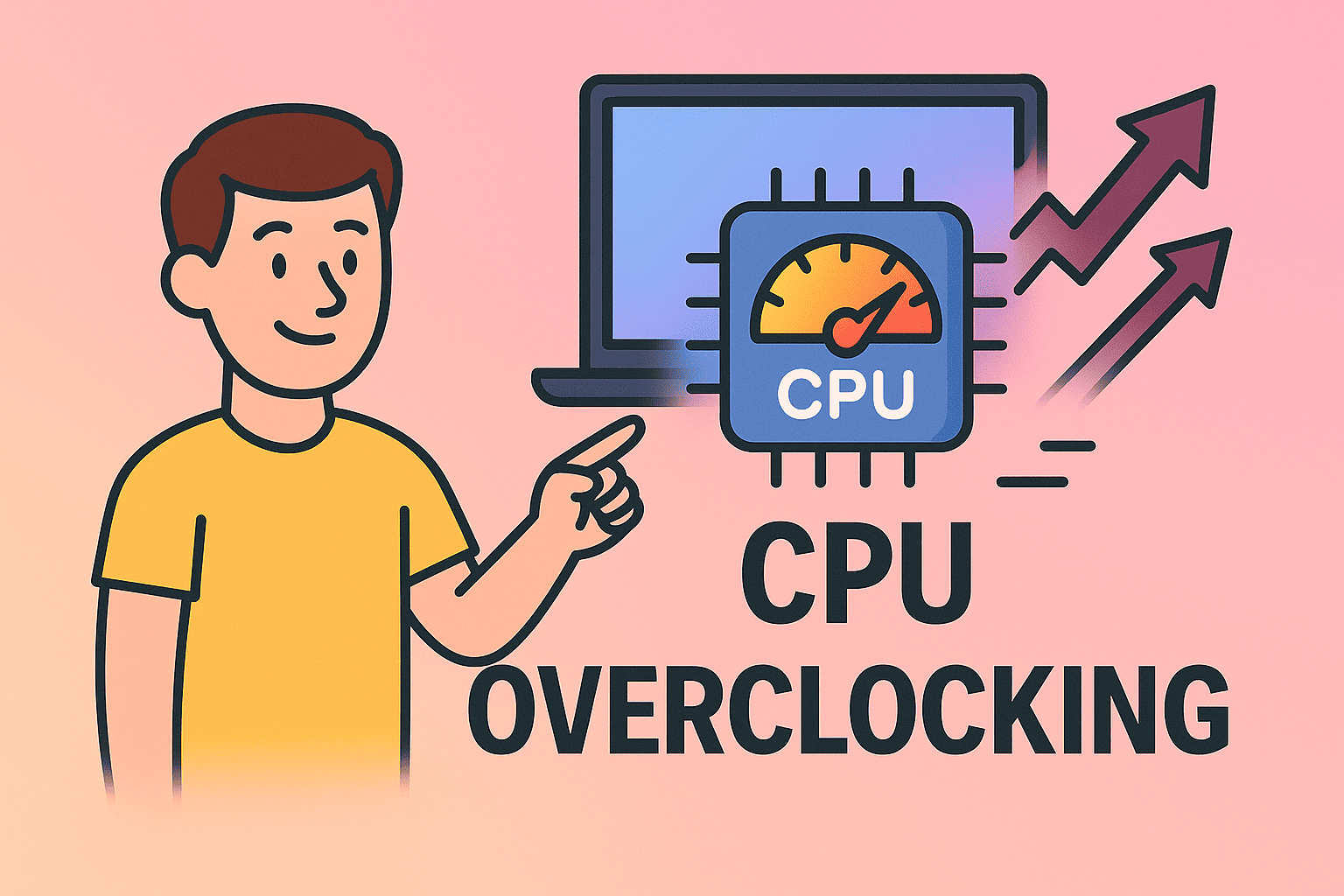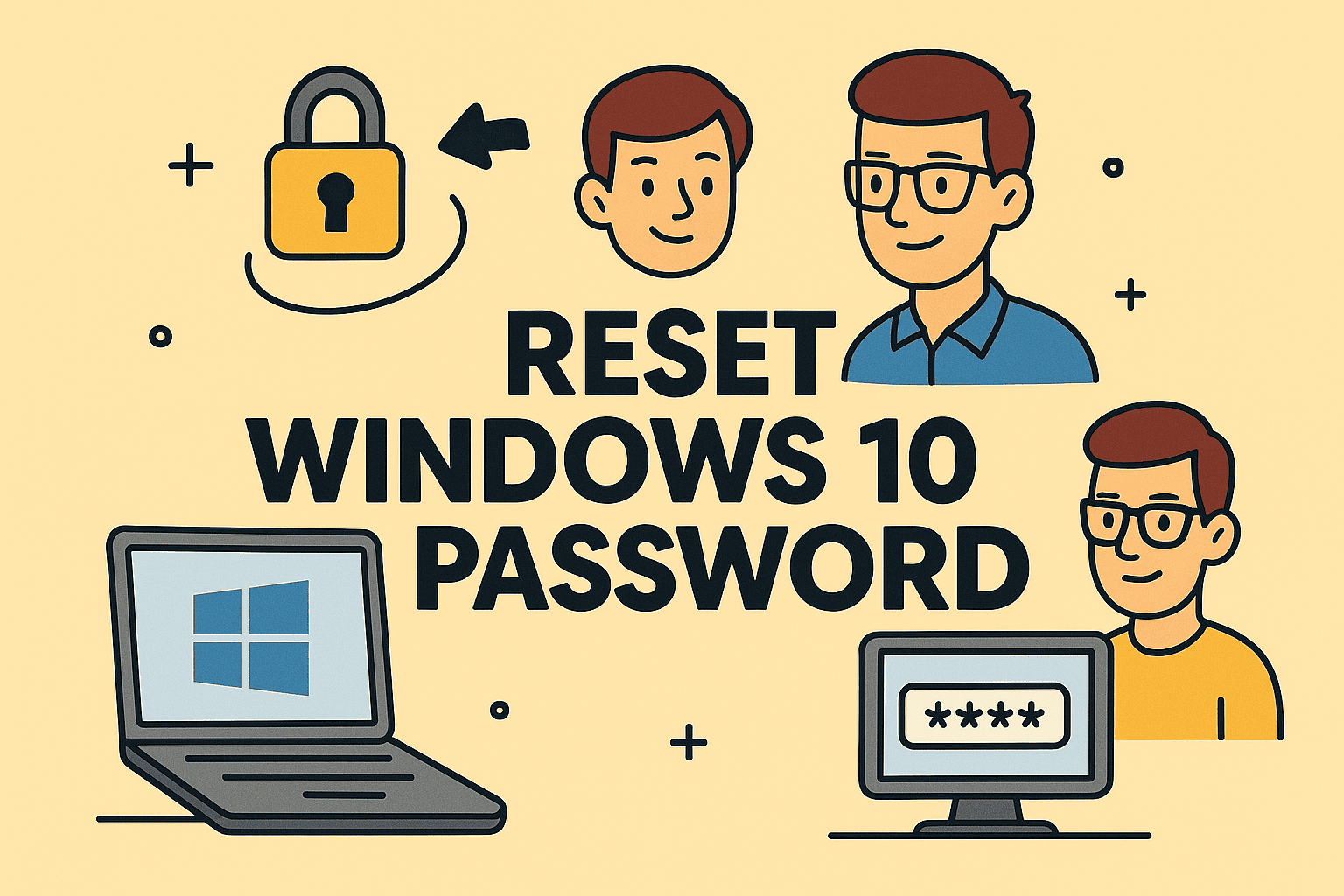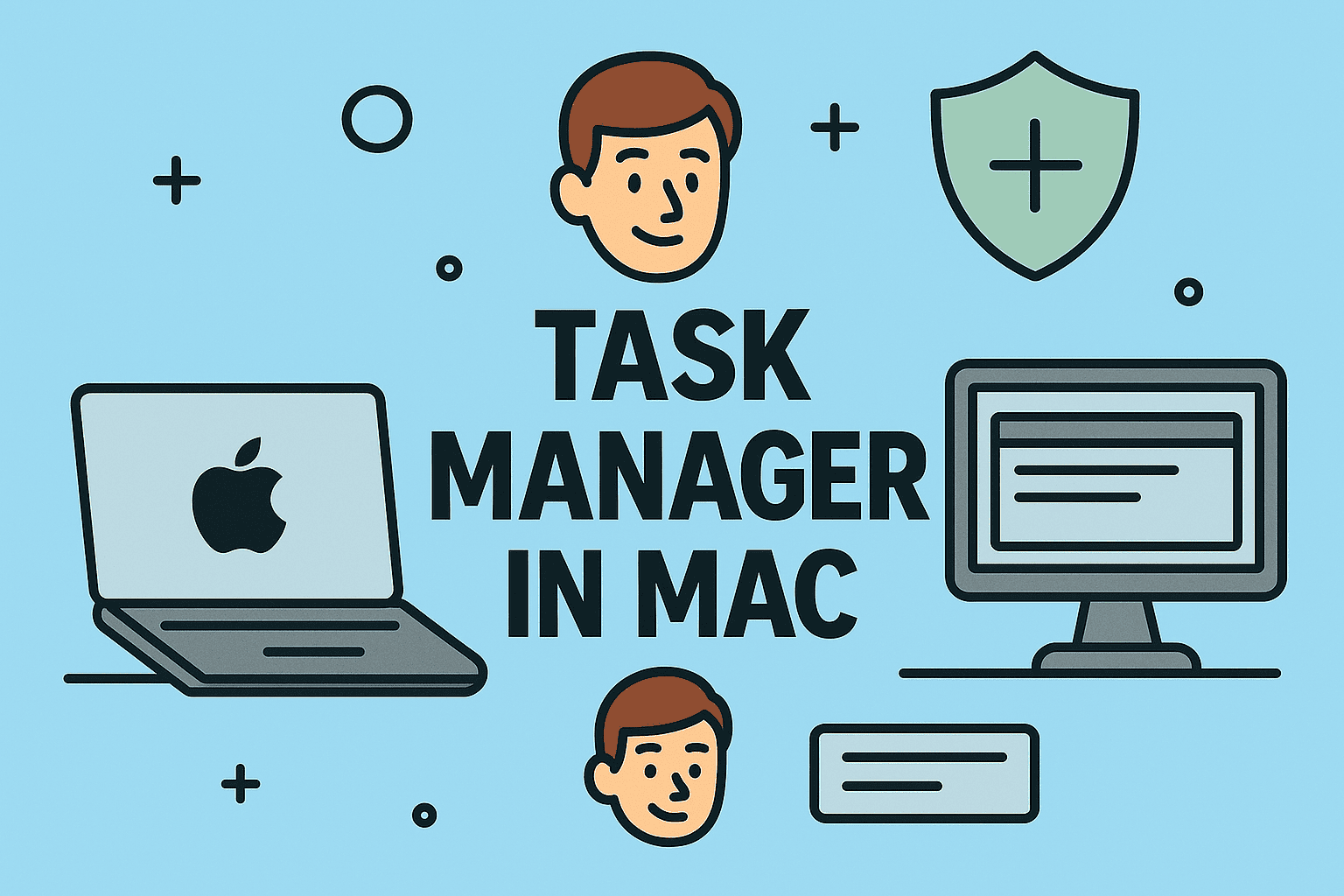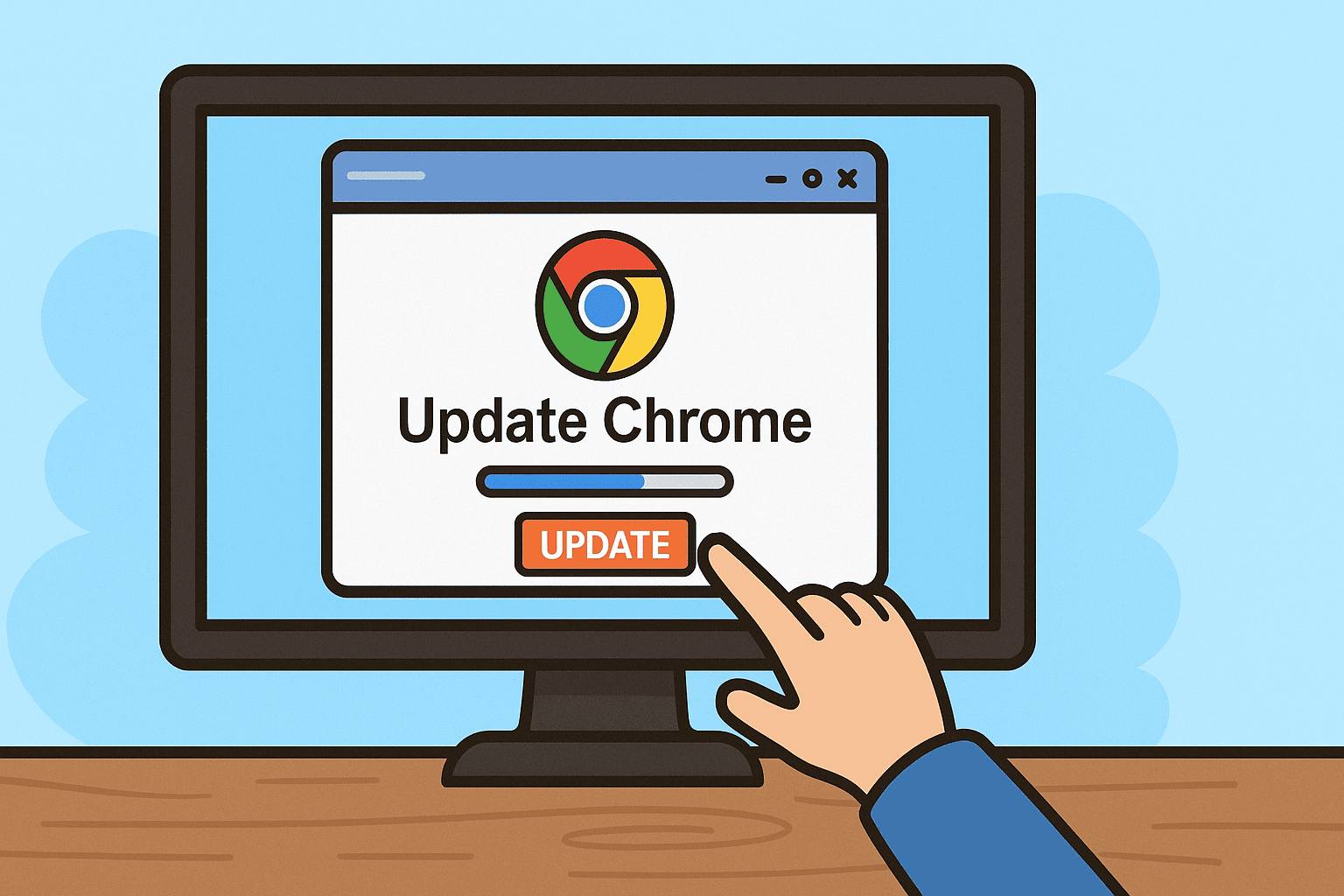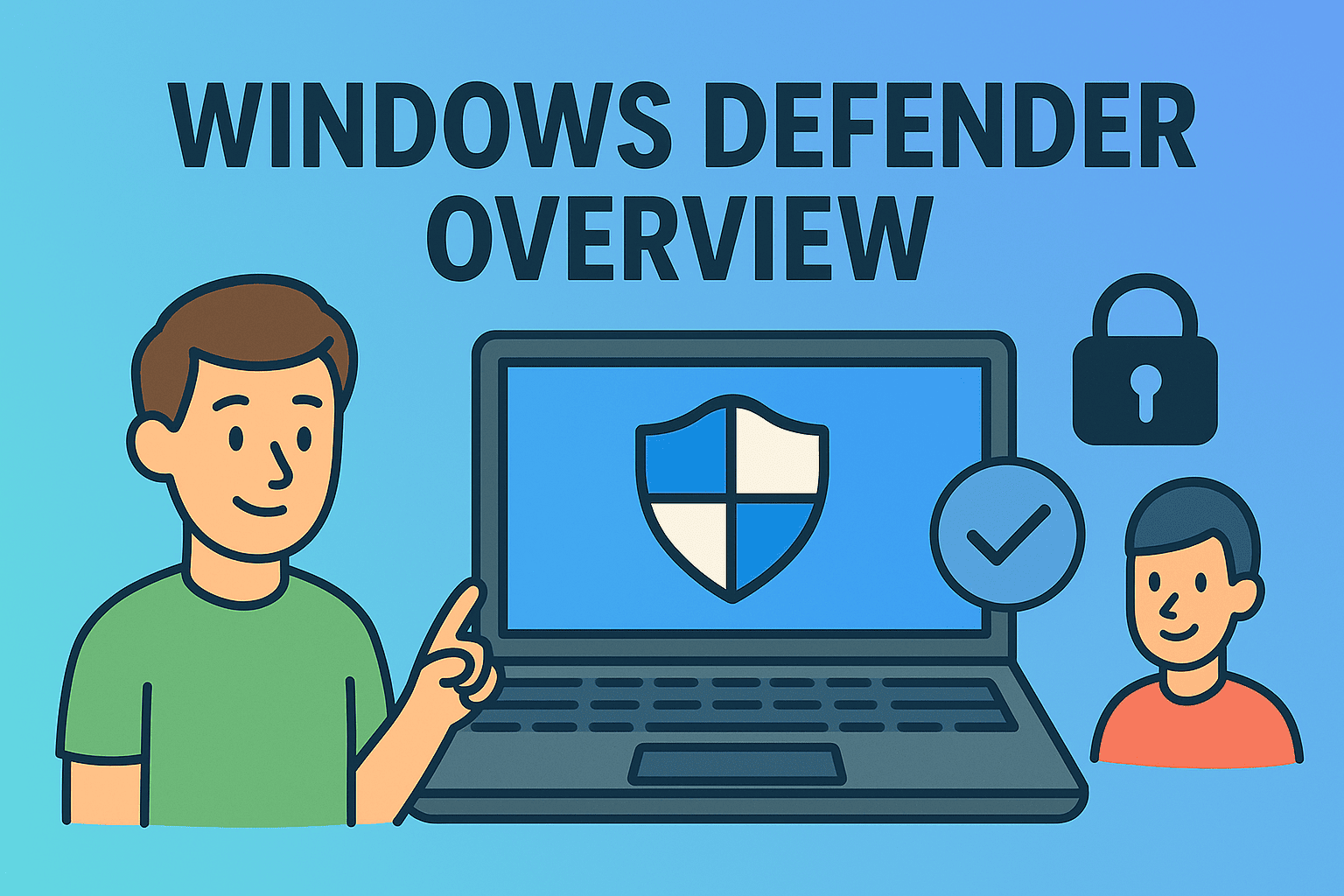Unlocking System Performance with RAM Speed Checks
Updated on September 25, 2025, by ITarian
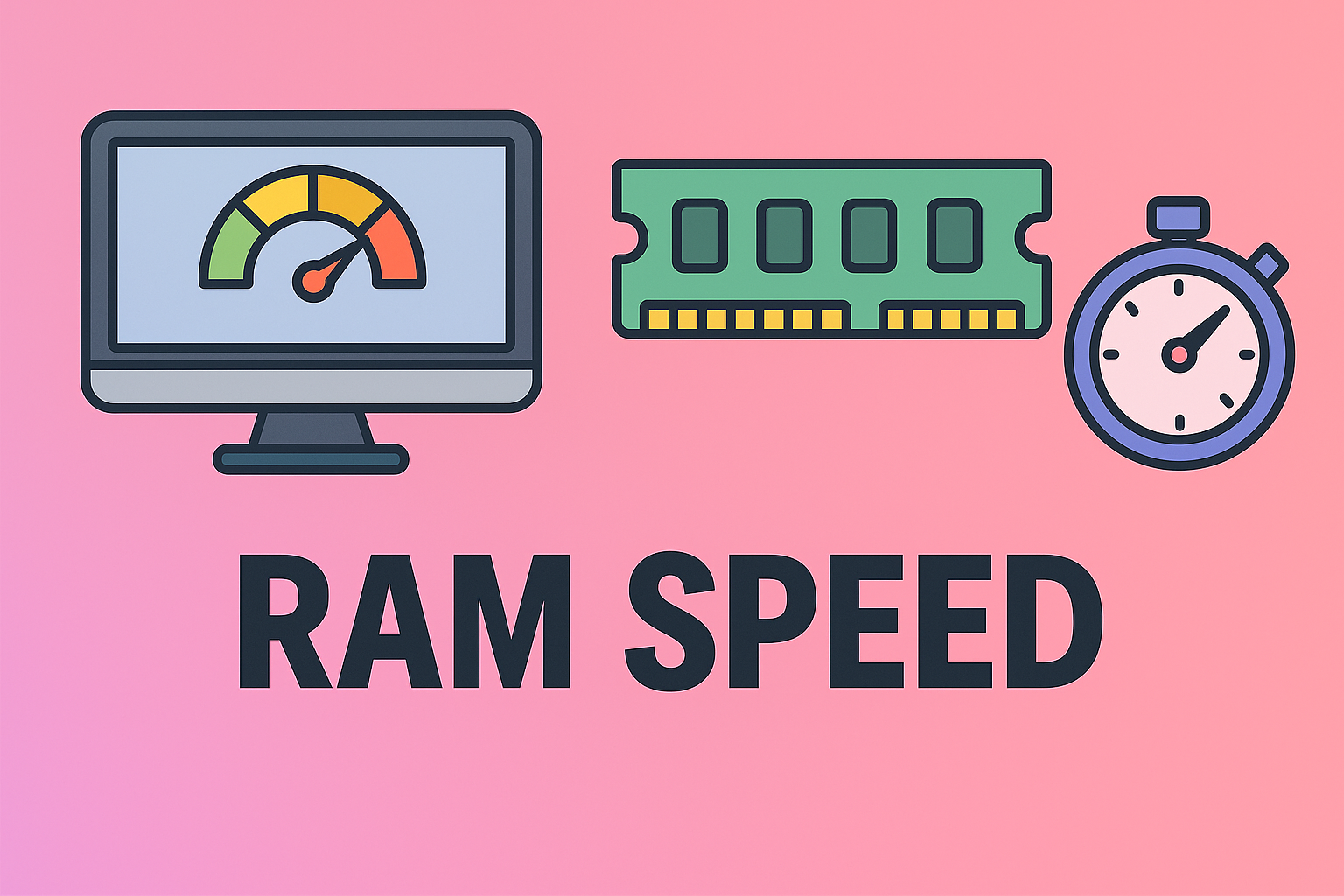
Did you know that your RAM speed can directly affect your system’s performance and security efficiency? Many IT managers and cybersecurity experts overlook memory diagnostics, yet knowing how to check RAM speed is crucial for optimizing system stability, running security tools smoothly, and preventing costly downtime.
In this article, we’ll break down methods to check RAM speed across operating systems, why it matters for business leaders, and how it ties to cybersecurity resilience.
Why RAM Speed Matters for IT and Security
RAM isn’t just about capacity; its speed (measured in MHz) determines how quickly data transfers between your processor and memory. Faster RAM leads to:
-
Improved application performance for large security suites.
-
Smoother virtualization and remote desktop sessions.
-
Faster incident response times when analyzing large logs.
-
Reduced bottlenecks in high-performance computing environments.
For CEOs and IT managers, understanding memory health is as important as knowing network or storage performance—because inefficient systems can expose vulnerabilities.
Methods to Check RAM Speed in Windows
Checking RAM speed on Windows is straightforward, with multiple built-in tools available.
1. Task Manager
-
Press Ctrl + Shift + Esc to open Task Manager.
-
Click the Performance tab.
-
Select Memory on the left.
-
Look for Speed in the details section.
This shows your RAM frequency in MHz.
2. Command Prompt
-
Open Command Prompt as Administrator.
-
Type:
-
Press Enter.
-
The result shows each RAM stick’s speed.
3. PowerShell
For detailed output:
This provides speed, manufacturer, and module capacity—useful for audits.
4. Third-Party Tools
Tools like CPU-Z or HWInfo give deeper insights, including latency (CL values) and dual-channel performance.
Checking RAM Speed on macOS
Unlike Windows, macOS hides some low-level hardware details, but you can still find RAM speed:
1. About This Mac
-
Click the Apple menu → About This Mac.
-
Under Overview, click System Report.
-
Navigate to Memory.
-
Look for Speed next to each installed RAM module.
2. Terminal Commands
Advanced users can run:
This provides speed, size, and type of RAM installed.
Best Practices for IT Managers When Checking RAM
When IT teams check RAM speed, they should also consider:
-
Compatibility: Ensure upgrades match motherboard maximum supported speeds.
-
Dual/Quad-channel optimization: Using identical modules improves bandwidth.
-
Monitoring security tools: Memory-intensive EDR (Endpoint Detection & Response) software needs high-performance RAM.
-
Lifecycle planning: Older memory standards (like DDR3) may need upgrading for long-term resilience.
Cybersecurity Implications of RAM Performance
Poor RAM performance doesn’t just slow down systems—it can weaken cybersecurity posture:
-
Delayed forensic analysis: Slow systems take longer to process logs.
-
Vulnerability scans: Can timeout or fail due to insufficient memory speed.
-
Threat hunting: Large data sets may overwhelm outdated RAM.
-
Patch management: Automated update systems rely on stable memory handling.
For leaders, this means regular checks on how to check RAM speed isn’t optional—it’s a strategic move.
Optimizing RAM for Enterprise Security
If checks reveal subpar RAM speeds, here’s what IT can do:
-
Upgrade to faster RAM modules (DDR4/DDR5).
-
Run systems in dual-channel configuration.
-
Apply BIOS/UEFI updates to enable higher RAM frequencies.
-
Test compatibility before deploying across fleets.
-
Maintain a hardware audit log with RAM specifications.
Common Issues When Checking RAM Speed
Even with correct steps, users may face issues:
-
Mismatched readings between tools → Caused by XMP profiles not enabled.
-
Low displayed speed → Windows may show base JEDEC speed, not boosted XMP/DOCP speeds.
-
Unrecognized modules → May indicate faulty RAM sticks or outdated BIOS.
Solution: Verify in BIOS/UEFI, then confirm via OS tools.
FAQs on Checking RAM Speed
Q1. Does faster RAM improve security?
Indirectly, yes. Faster RAM ensures security tools like firewalls and EDR run without lag, improving response efficiency.
Q2. How do I know if my RAM is running at full speed?
Check BIOS/UEFI to see if XMP/DOCP profiles are enabled. Otherwise, your system may default to lower speeds.
Q3. Is it safe to use third-party apps to check RAM speed?
Yes, as long as they are downloaded from trusted sources. CPU-Z and HWInfo are industry-standard tools.
Q4. Can RAM speed affect VPN performance?
Yes, encryption and tunneling require CPU + RAM collaboration. Slow RAM can create bottlenecks.
Q5. Should CEOs and managers care about RAM speed?
Absolutely. Slow systems reduce employee productivity and increase downtime risk—directly impacting business continuity.
Final Thoughts
RAM speed checks are more than a technical detail—they’re a cornerstone of operational efficiency and cybersecurity resilience. IT managers and CEOs who make memory audits routine ensure faster systems, better threat response, and long-term cost savings.
Take your system performance and security readiness to the next level. Start free with Itarian today.



